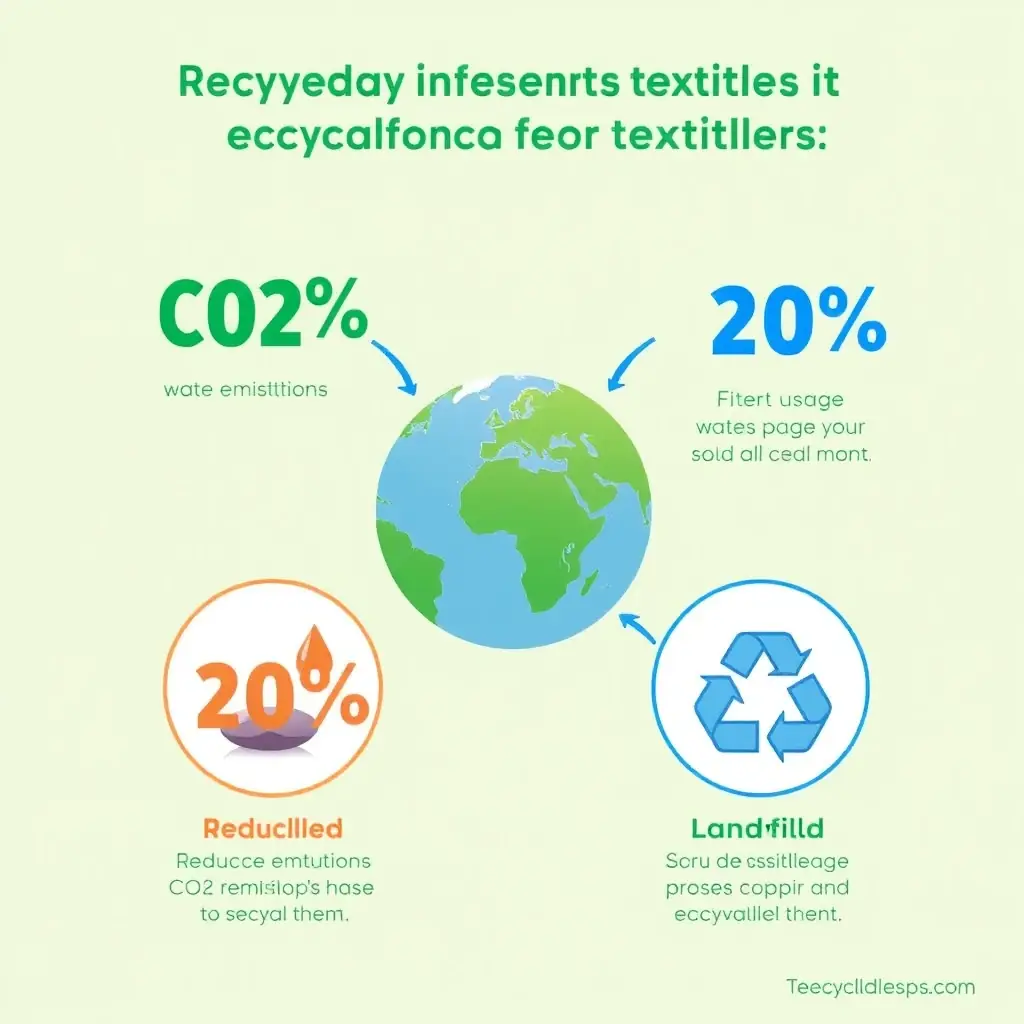Quantifiable of Textile Recycling at Neotex
At Neotex, we meticulously track our environmental impact to ensure transparency and accountability. Our recycling efforts significantly reduce water consumption and minimize the need for virgin materials, contributing to a healthier planet.
Water
Conserve up to 2 million liters of water annually through our advanced recycling processes.
Material
Reduce reliance on virgin materials by 30%, promoting sustainable resource management.
Quantifiable Environmental Impact: Neotex in Numbers
At Neotex, we’re committed to transparency and accountability. Here’s a snapshot of the environmental impact we’re making by processing 90 tons of textiles monthly, contributing to a more sustainable future.
0
tons Co2
🌱 → Based on an estimated average of 2.4 tons of CO₂ saved per ton of textiles
Source: European Environment Agency, WRAP, EcoInvent
Equivalent to the annual emissions of approximately 565 petrol cars.extile recycling.
0
liters
💧→ Estimated based on an average of 140,000 liters saved per ton of reused textiles
Source: Ellen MacArthur Foundation, WRAP UK
Examples of water use in textile production include cotton cultivation, dyeing, and washing – all
processes avoided through reuse

🔄 Reuse and Recycling Rate
Approx. 85% of textiles given a new life (918 tons/year)
Approx. 85% of textiles given a new life (918 tons/year)
0
%
⚡ Energy Savings 14 million kWh saved per year
Approx. 13,000 kWh saved per ton by reusing textiles instead of producing new
Approx. 13,000 kWh saved per ton by reusing textiles instead of producing new
0
kWh
🗑️ Landfill Waste Reduction
Impact: Less methane release, reduced pressure on landfill systems.
Impact: Less methane release, reduced pressure on landfill systems.
0
tons

